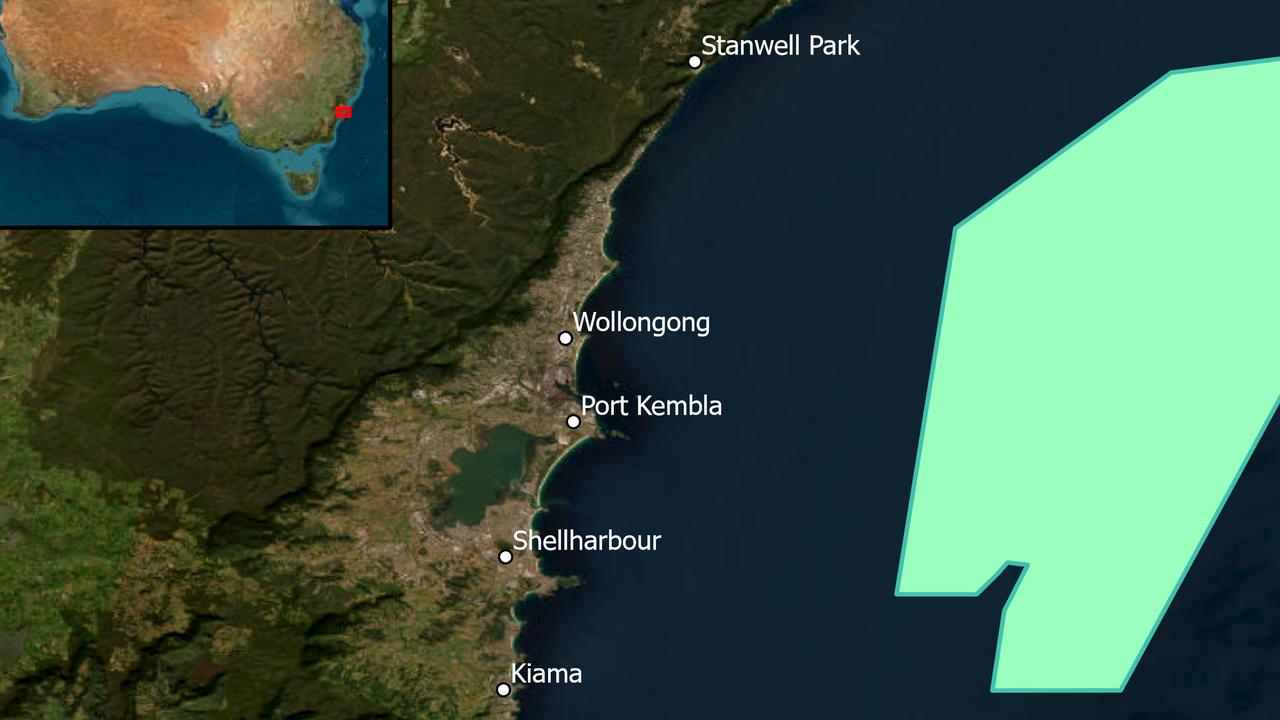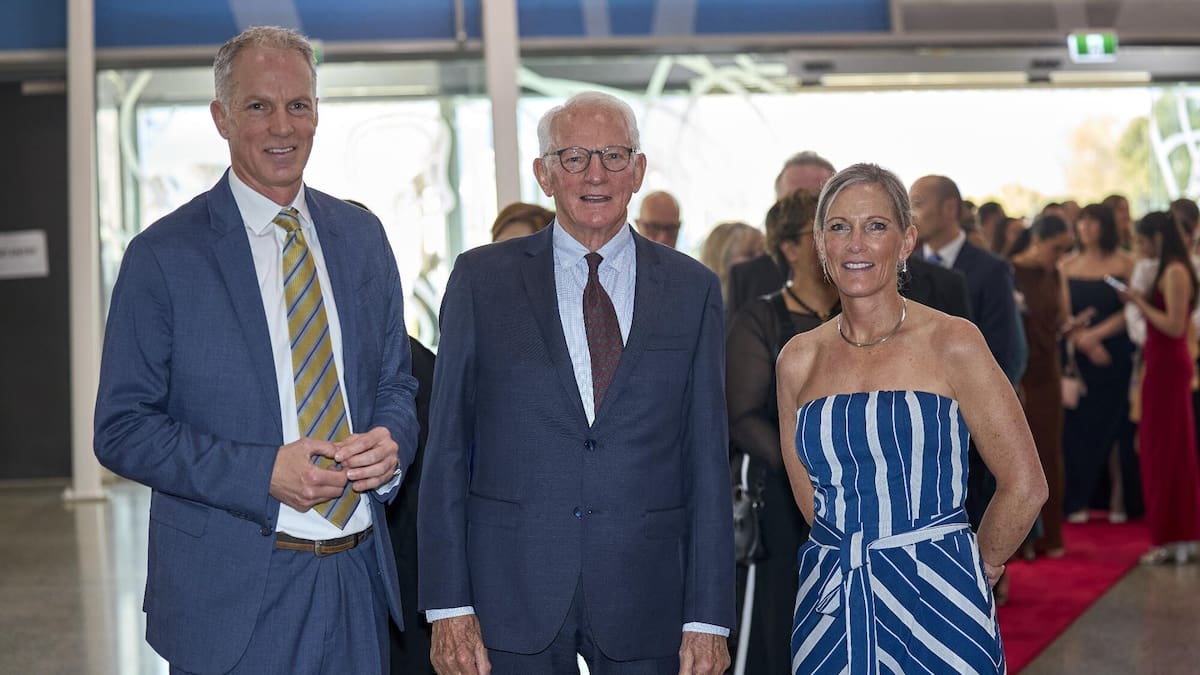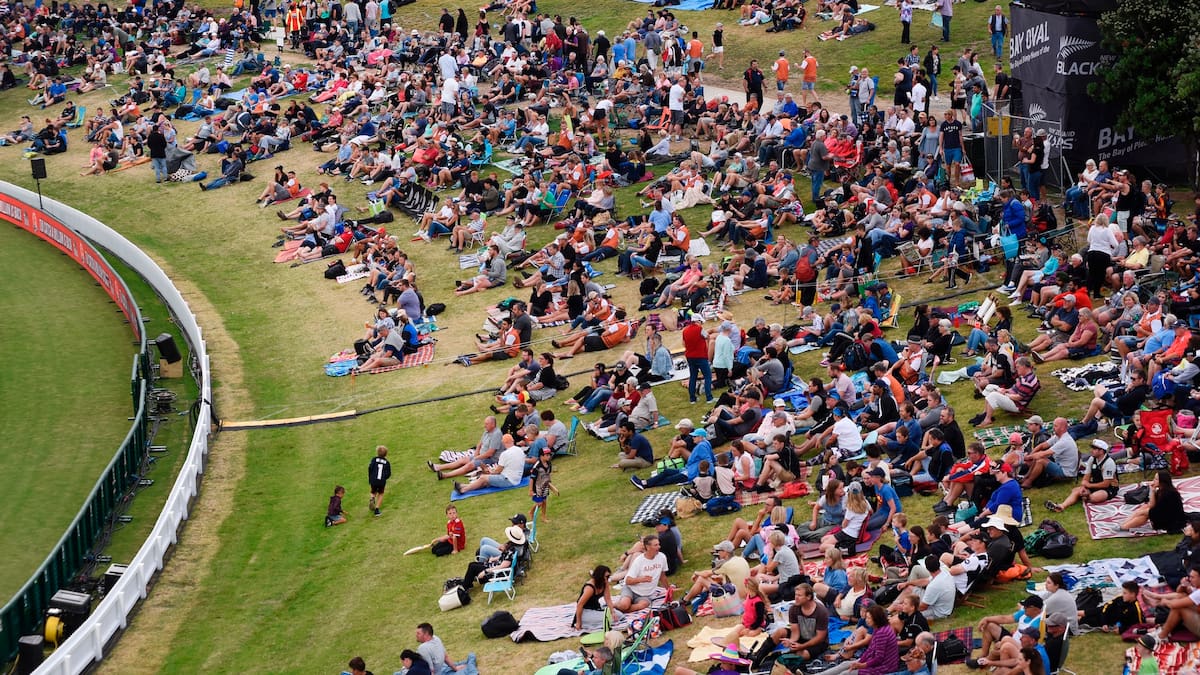A 1022km stretch of the NSW coast has been cordoned off for an offshore wind farm – the fourth largest in the country – which will generate enough energy to power 1.8 million homes.
The Federal Government revealed the final amended zone details for the Illawarra offshore wind farm in the Pacific Ocean on Saturday, after extensive discussions with local industry figures, community groups and First Nations people.
It is expected to encompass 1022km2 when fully constructed – reduced by a third from original proposed plans.
The project will have the potential to generate 2.9GW of electricity, enough to power 1.8 million homes across the state.
But the development of the plans follow ongoing outcry from the seaside community, some complaining that the turbines will impact the look of the coastline.
Others say it will damage the marine environment.
The government’s renewed plans for the zone mean it will exclude significant environmental areas including the Biologically Important Area for the Little Penguin, the Shelf Rocky Reef Key Ecological Feature and the Southern Right Whale migration and reproduction area.
Wind turbines are now expected to be constructed 20km out from the Illawarra coast.
Assistant Treasurer and Whitlam MP Stephen Jones said the offshore project would play an important role in transforming Australia into a “global renewable energy superpower”.
The offshore wind farm will create an estimated 1740 new jobs during construction and 870 ongoing roles including engineers, technicians, operators, riggers, seafarers, dockworkers, project managers and administrators.
“Declaring this offshore wind zone brings the Illawarra a step closer to becoming a major provider of the building blocks of the net zero transformation – green power, green hydrogen and green steel – along with thousands of new jobs,” Energy and Climate Change Minister Chris Bowen said on Saturday.
Feasibility licence applications for offshore wind projects in the Illawarra zone open Monday and close on August 13.
Construction can only begin after the feasibility stage is completed and developers have gained subsequent environmental and management plan approvals.
They will also need to demonstrate how projects will benefit Australian industry and jobs.
“Amending the zone so that it commences 20 kilometres from the coast and excluding significant environmental areas is a sensible compromise that reflects the majority of community opinion while helping to achieve our shared goals of more renewable energy, more jobs and fewer emissions,” Cunningham MP Alison Byrnes said.
“My expectation is that all proponents not only make sure that their projects meet the highest environmental standards but also incorporate local content.
“(This includes) the use of locally produced steel, and local workforce and develop a strong benefit sharing scheme so that our community meaningfully benefits from hosting an offshore wind farm should one be developed.”






